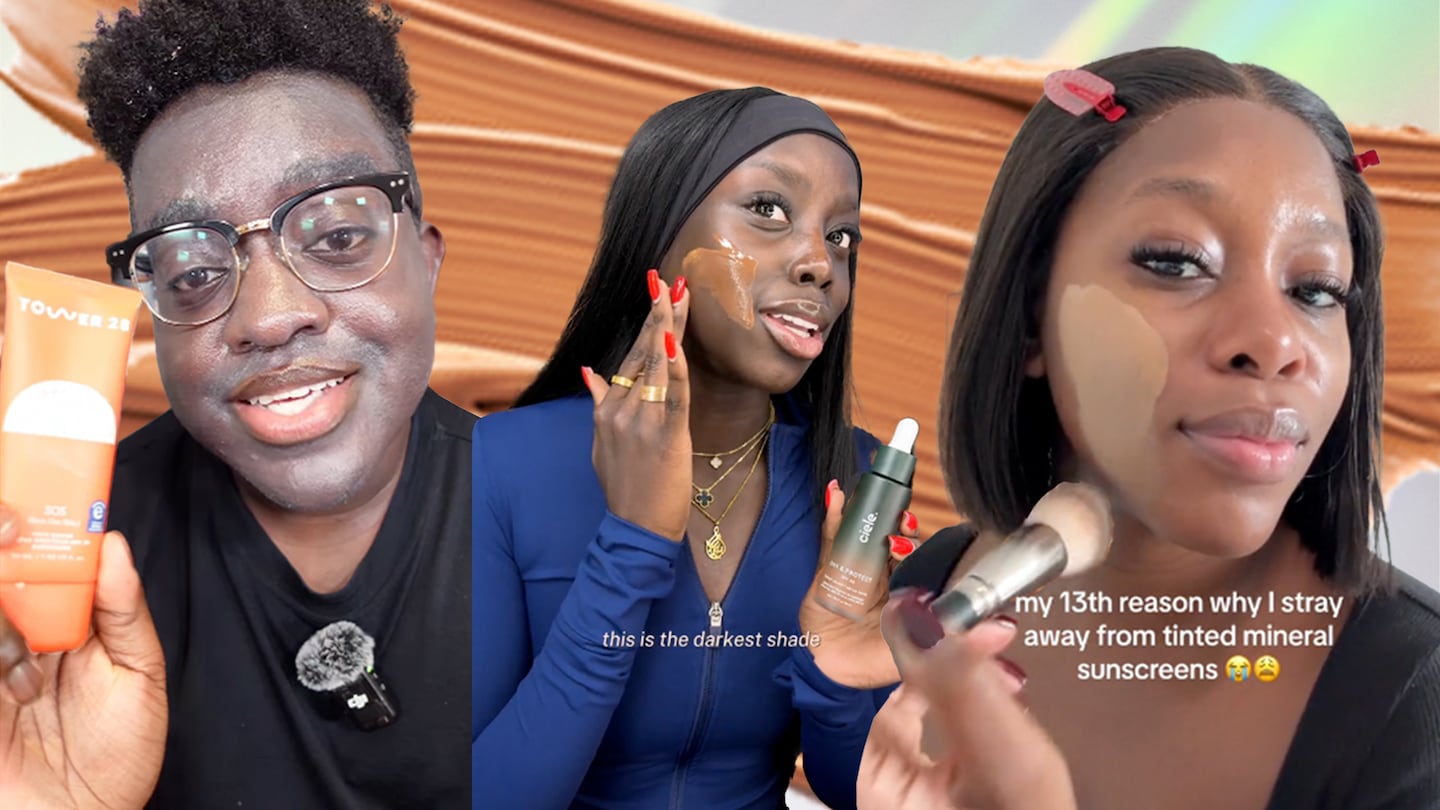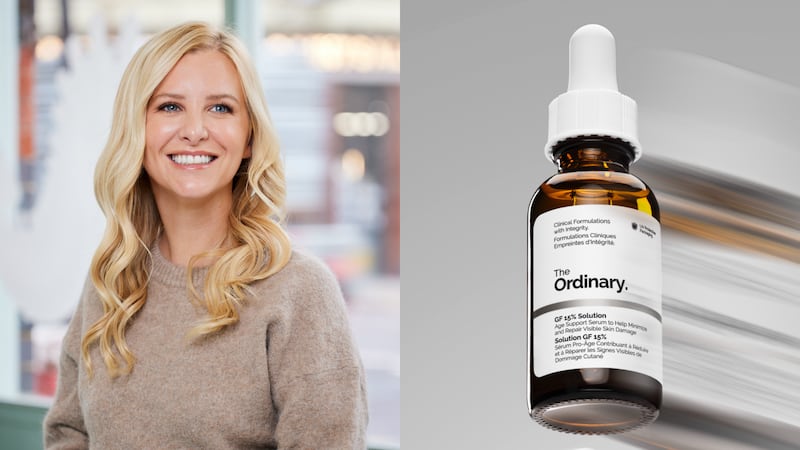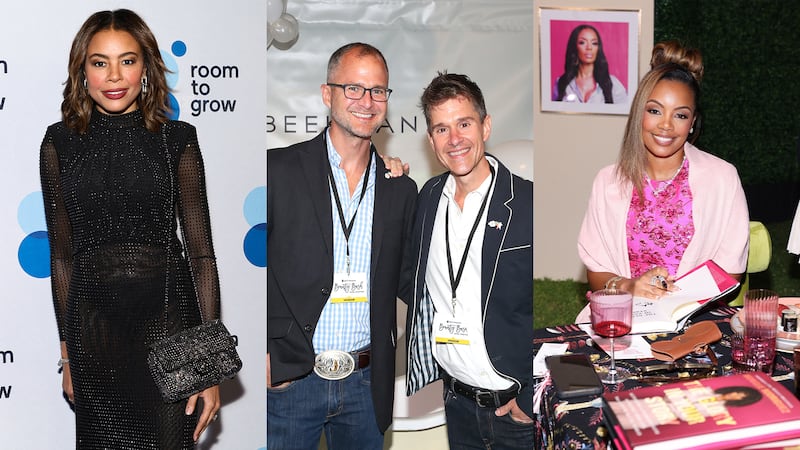Agenda-setting intelligence, analysis and advice for the global fashion community.
The beauty industry is working hard to market sunscreen as a daily essential for all, but for many brands, a universal option is still elusive.
Over the past year, a slew of launches has garnered attention for the wrong reasons. Indie brand Tower 28 issued an apology in June after its new SOS FaceGuard SPF 30, which it billed as having “no white cast”— a visible white layer that doesn’t blend in — was quickly debunked on social media as having just the opposite. New drops from Ciele, Skinceuticals and Kosas received similar critiques online.
“It makes me feel undervalued as a consumer,” said content creator and cosmetic scientist Dr. Julian Sass in an Instagram video of the seemingly chalky offering.
In a statement posted to its Instagram account, founder Amy Liu said the brand would remove the universal messaging and that “despite best efforts in testing,” the brand had unwittingly disappointed its customers.
ADVERTISEMENT
For all of these brands, the fact that their products leave a white cast on darker skin tones is the source of the ire. This cast is caused by the formula containing either titanium dioxide or zinc oxide, two UV-blocking ingredients referred to as “mineral” filters. Because they’re derived from minerals, which occur naturally, they feel more “natural” and so are believed to be safer by some consumers. Other sunscreen filters like avobenzone and oxybenzone are often known as “chemical” filters, an unflattering label in the still-dominant “clean” beauty environment.
It’s a tricky conundrum to solve. Adding pigment to a titanium dioxide or zinc oxide formula to mitigate the white cast and make it more akin to a foundation increases the complexity, said Esther Olu, a cosmetic chemist and aesthetician — brands then have to create a wide enough shade range for all skin tones, something many already struggle to do. What’s more, other ingredients that could be added to improve the blendability could reduce the overall UV-blocking effect, said AJ Addae, a cosmetic chemist and founder of research and development facility Sula Labs, added.
Disappointing product performance is one thing, but Olu said what really irritates customers today is not just that products are unsuitable for certain skin tones, but that brands are launching untinted mineral sunscreens for clean clout and still claiming it will work for darker skin.
“The issue is the gaslighting,” she said. “You cannot pick both of these marketing messages.”
Organic Science
Sunscreen is a clear money-maker in today’s market — it has a high replenishment rate and many customers are willing to pay a premium for a sophisticated formula.
But much of the consumer preference for mineral sunscreens is based in a misguided understanding of sun protection formulation. According to Jen Novakovich, a cosmetic scientist and science communicator, many shoppers have the perception that sunscreens that use chemical filters such as avobenzone, oxybenzone and octinoxate are harmful to human and natural health, claims that she said are misguided.
“People just think, chemical equals bad,” she said.
However, for many customers, the idea of chemical sunscreens as dangerous is too powerful to ignore, especially as the claims touch on hot topics such as hormone disruption and damage to marine life. This has been entrenched by retailers like Credo and Sephora and their “clean” collections, which omit certain ingredients like chemical filters or preservatives like parabens, said Sass. Brands then get caught in a spiral of wishful thinking — so as not to fall foul of retailer requirements or customer expectations, they choose a mineral formula, and work under a misguided assumption that there is an easy way to make it universal.
ADVERTISEMENT
“Retailers are your biggest customers as a brand, so you’re going to do what they want,” said Sass.
Hard to Crack
Formulating a mineral sunscreen is complex even when considerations around inclusivity aren’t in the mix, said Addae, who is currently completing a doctoral thesis at UCLA looking at mineral sunscreens.
“Zinc oxide is a really tricky material. It’s very hard to formulate a really nice cream with [its] particles, which either cause a white cast or some other kind of unsightly cosmetic inelegance on the skin,” said Addae.
Brands, especially smaller independent ones, might lack the funding or scientific muscle to interrogate the formulas and filters they’re being offered, especially when using third-party manufacturers. “Contract manufacturers can have this attitude of like, ‘We’ve already done this x number of times. What you have is, is what you’re getting,’” said Sass. Brands may also not apply a sufficient amount of product when testing to gauge its chalkiness, or don’t have darker skin tones on their consumer testing panel, he said.
While some independent labels have successfully created mineral sunscreens that work for darker skin tones, such as Cotz, Sass, Addae and Olu said they primarily use chemical-based sunscreens. (All three individuals are Black.)
However, brands still have options: They can choose to use chemical filters, or they can use mineral filters, but refrain from marketing the product as universal.
Brands offering mineral sunscreen need to make clear that they may not be suitable for darker skin tones, at relevant points of sale to sustain consumer trust.
But striking that nuance is hard: “No brand wants to admit any kind of shortcoming,” said Sass.
ADVERTISEMENT
Experts said they would encourage brands to try and take an educational stance to chemical filters and their safety, or at least not play into fear-mongering.
A recent sunscreen launch from The Ordinary, which is carried at Sephora but not in its clean collection, was accompanied by social media videos explaining the choice to use chemical filters, saying in an Instagram caption:
“It can be tricky to formulate a truly transparent, lightweight and accessibly-priced sunscreen with mineral filters alone (we learned the hard way).”
Sign up to The Business of Beauty newsletter, your complimentary, must-read source for the day’s most important beauty and wellness news and analysis.





